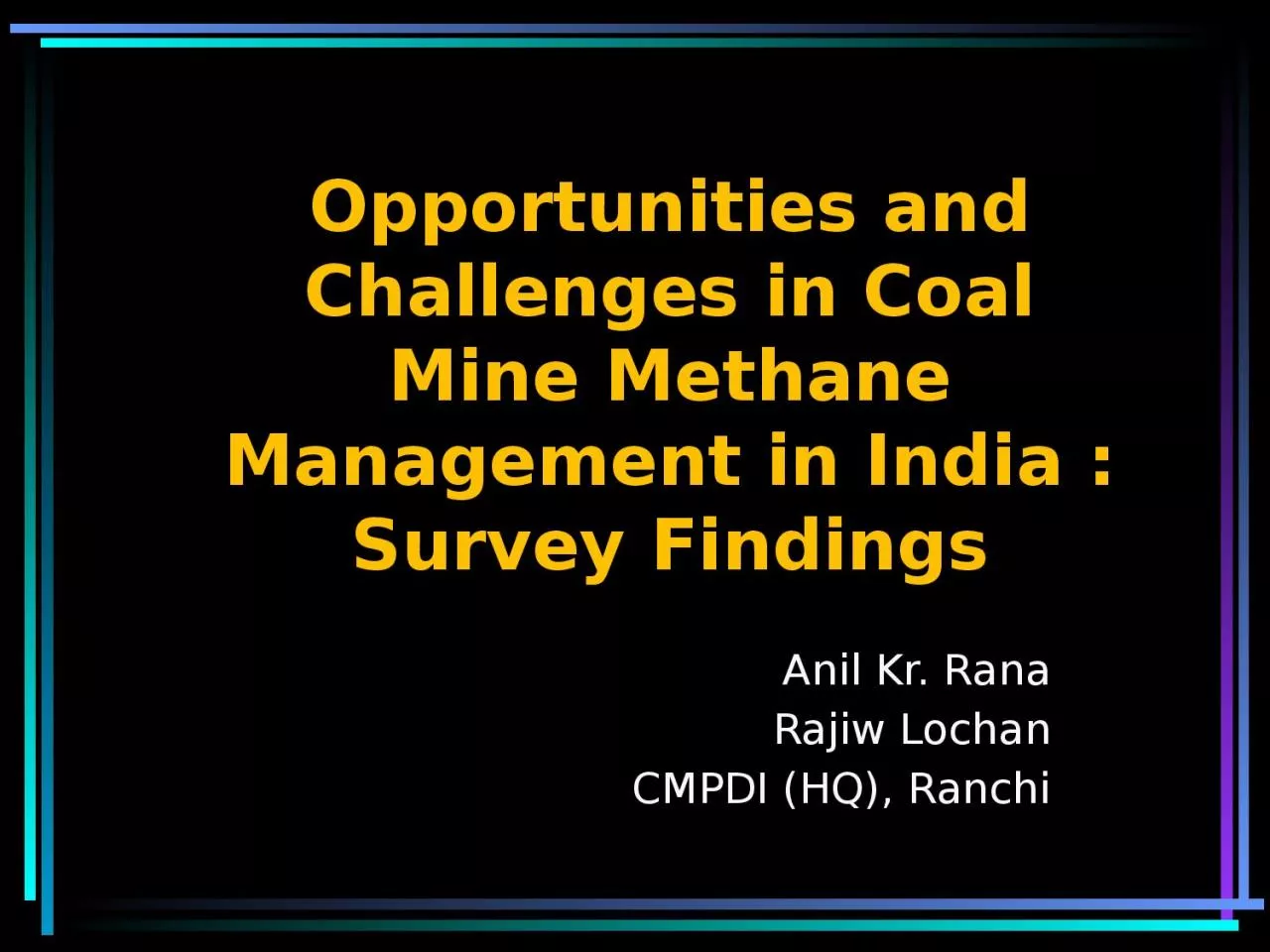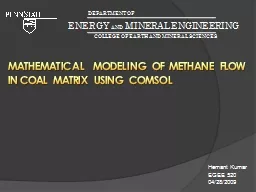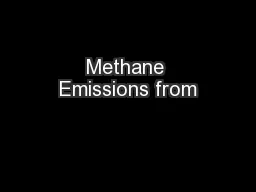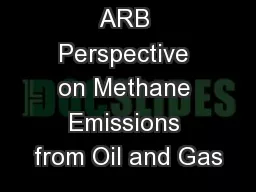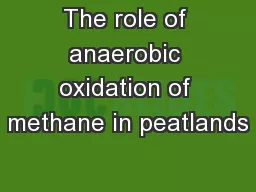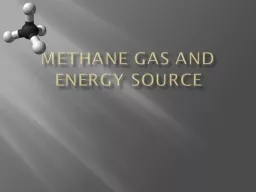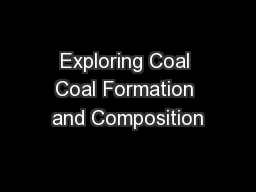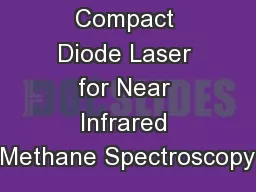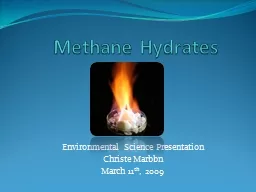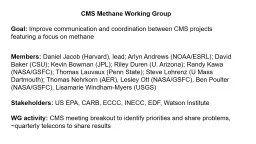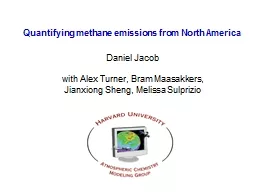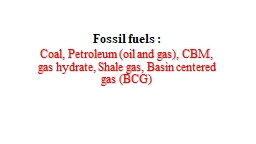PPT-Opportunities and Challenges in Coal Mine Methane Management in India : Survey Findings
Author : ripplas | Published Date : 2020-08-29
Anil Kr Rana Rajiw Lochan CMPDI HQ Ranchi Coal Mine Methane Introduction Coal Mine Methane Introduction Coal Mine Methane Introduction List of disasters due to
Presentation Embed Code
Download Presentation
Download Presentation The PPT/PDF document "Opportunities and Challenges in Coal Min..." is the property of its rightful owner. Permission is granted to download and print the materials on this website for personal, non-commercial use only, and to display it on your personal computer provided you do not modify the materials and that you retain all copyright notices contained in the materials. By downloading content from our website, you accept the terms of this agreement.
Opportunities and Challenges in Coal Mine Methane Management in India : Survey Findings: Transcript
Download Rules Of Document
"Opportunities and Challenges in Coal Mine Methane Management in India : Survey Findings"The content belongs to its owner. You may download and print it for personal use, without modification, and keep all copyright notices. By downloading, you agree to these terms.
Related Documents

